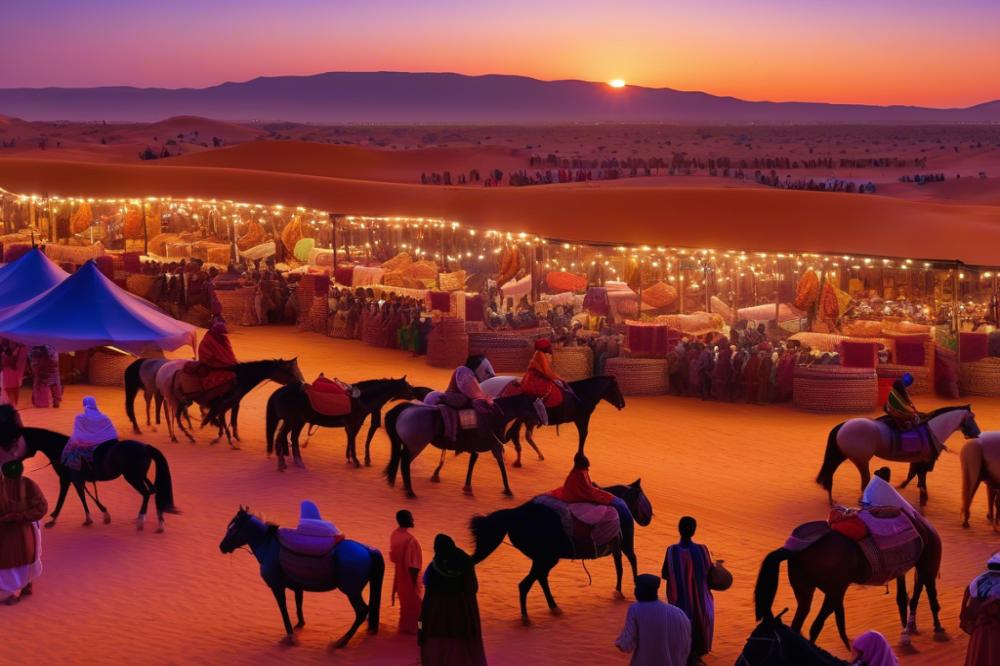The Role of Horses in the Trans-Saharan trade Routes
The Trans-Saharan trade routes were vital arteries of commerce connecting North Africa with sub-Saharan regions. These routes allowed goods, ideas, and cultures to flow freely, transforming societies along the way. Merchants transported valuable items such as gold, salt, and textiles across the harsh Sahara desert. Such exchanges played a significant role in shaping the historical landscape of the area.
Throughout history, many cultures relied on animals for their daily lives and trade. The relationship between humans and their four-legged companions is ancient. In the expansive Sahara, one animal stood out for its strength, speed, and adaptability. This animal not only served as a mode of transportation but also as a symbol of wealth and power. Its presence often indicated the importance of trade in a community.
Commerce in North Africa was greatly enhanced by the use of these remarkable animals. They made long journeys across the desert possible, carrying goods and provisions. Traders often depended on their stamina and resilience to complete strenuous trips. Access to these animals could determine the success of trade ventures, allowing towns and cities to flourish.
In summary, the Trans-Saharan trade routes were more than just paths across the desert. They were lifelines connecting different worlds. The introduction of these powerful animals into trade networks facilitated connections among various cultures. This created a web of commerce that was rich and diverse.
The Historical Significance of Horses in Desert Trade
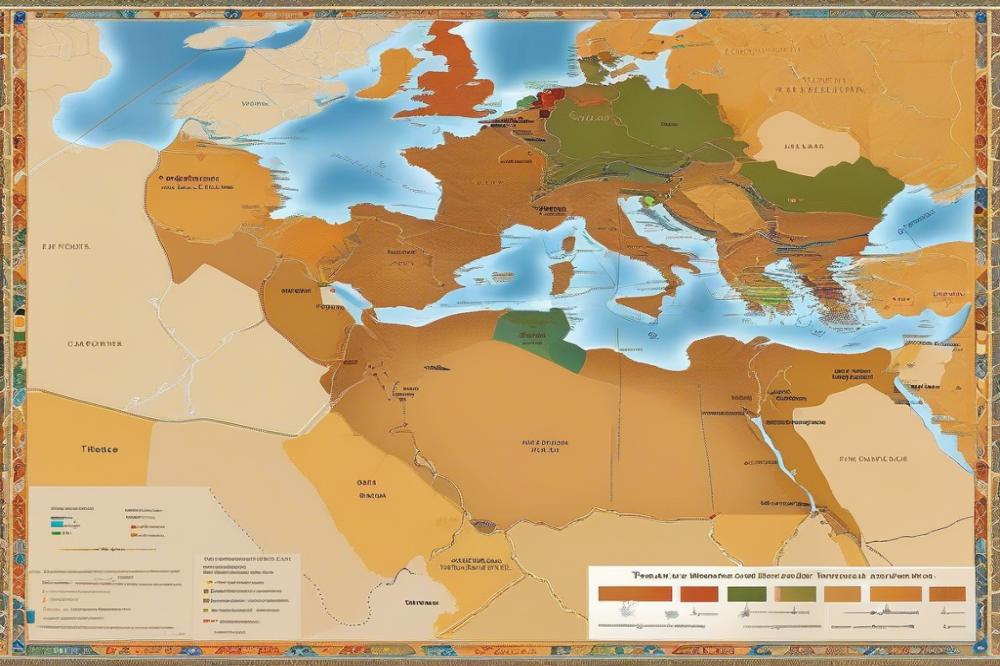
The role of horses in the Trans-Saharan trade was essential. These animals formed the backbone of transportation across harsh terrains. Traders relied on them to carry goods and supplies. Without horses, it would have been incredibly hard to connect distant markets. This connection developed intricate trade networks that spanned vast areas.
Various modes of transportation existed in this region. Camels, for example, became popular because of their ability to endure long journeys without much water. While camels were slower, horses provided speed and agility. Each type of animal had its advantages. A trader’s choice often depended on the specific needs of the journey.
Over time, the usage of equines evolved within caravans. Initially, their primary function was as pack animals, carrying heavy loads. Gradually, their roles expanded. Horses began to take part in scouting for threats or directing caravan movements. As trade routes grew, horses allowed for quicker communication between groups selling and buying goods.
Shifting trade dynamics also influenced how these animals were used. With increased demand for luxury items, speed became paramount. Horses could transport items more swiftly to eager markets. This demand pushed traders to adapt, showcasing the animals’ versatility in different contexts.
Traders not only depended on their physical strength but also on their behavioral traits. A calm and responsive equine could navigate the challenging routes of the desert more effectively than a frightened one. Hence, selecting the right animal was critical in ensuring the success of any trade expedition.
Horses in North African Cultures
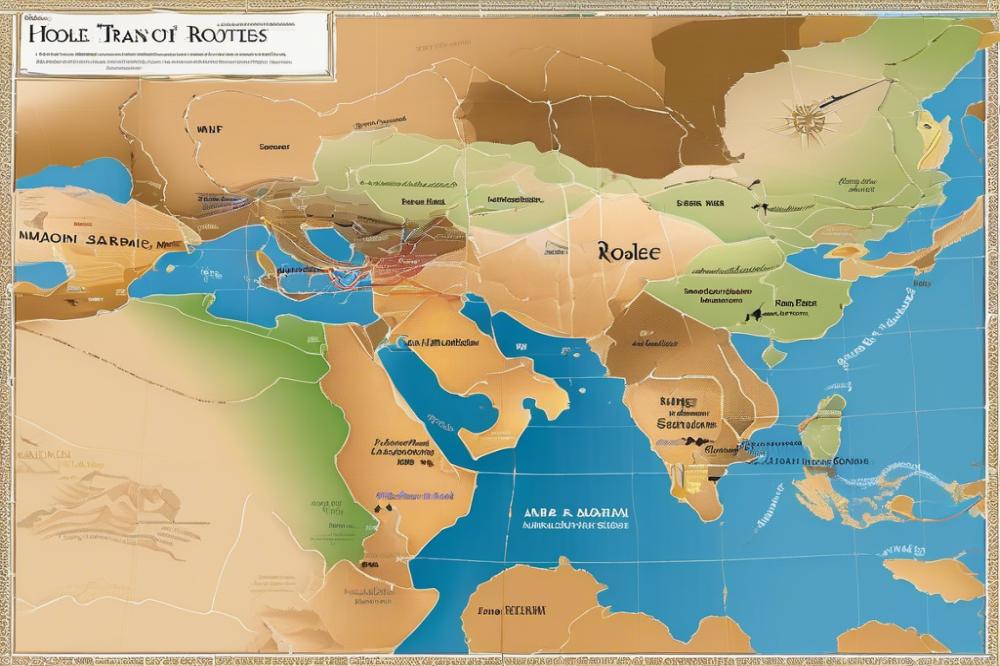
Cultural exchange through horse trade
The horse trade played a significant role in connecting different societies across North Africa. Merchants and travelers would exchange not only horses but also stories and ideas. This sharing of culture shaped relationships among diverse groups. People learned new techniques for breeding and caring for these animals through these interactions. Each trade brought fresh perspectives and strengthened bonds. The movement of horses often reflected broader social changes.
Symbolism of horses in different societies
Throughout history, many groups viewed these animals as symbols of power and status. In some cultures, owning a horse signified wealth and prestige. This perception made horses central to various ceremonies and rituals. Many tribes included horses in their folklore, showcasing their importance in traditional narratives. For example, in certain regions, horses represented courage and freedom. Such meanings affected how communities treated and valued them.
Influence of horses on local economies and lifestyles
The presence of these animals greatly influenced local economies. They served as crucial tools for transportation and trade. People relied on them for moving goods across vast landscapes. Rural communities particularly benefited from increased mobility. Daily life changed as tasks became easier with the help of these animals. Farmers found they could transport harvests quickly, boosting market sales. Economic activities flourished in areas where horses were prevalent. Moreover, social structures transformed as communities adapted to this new way of life.
The Equine Role in Trade Supply Chains
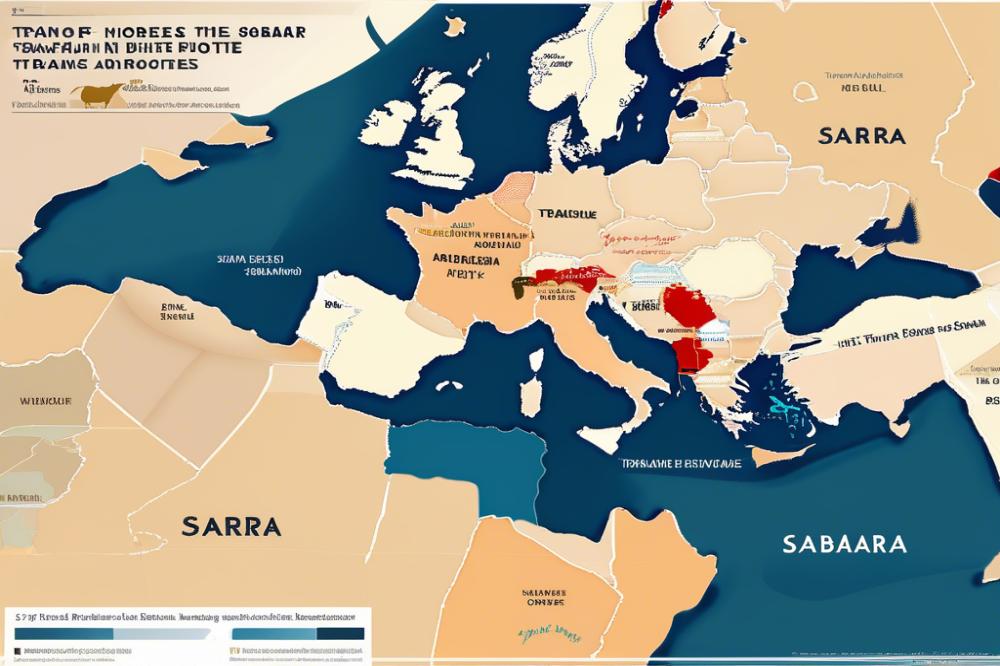
Horses as Essential Transport Animals
Trade across the vast expanse of the Sahara depended heavily on reliable transport. The equine species served as vital partners in this intricate network of exchange. caravans utilized these animals to carry goods across long distances. Merchants relied on their strength and endurance to traverse the harsh desert landscape. Without these animals, many journeys would have been impossible. Their ability to navigate difficult terrain played a huge role in transport efficiency.
Impact of Horses on the Efficiency of Supply Chains
Transporting goods over vast distances requires speed and reliability. The inclusion of these animals significantly reduced travel time for traders. Increased frequency of trade routes emerged because of this reliable mode of transportation. Journey times were cut, which allowed merchants to maximize their trading opportunities. This efficiency also enhanced the ability to transport food, textiles, and precious metals. Increased interaction among different regions followed in the wake of these improved logistics.
Integration of Horses into the Logistics of Commerce
Merchants and their teams developed complex practices to incorporate these animals into trade. Knowledge of care, feeding, and resting for them was essential. Planning routes included considerations for water sources and grazing areas. Collaborative efforts among different groups also became commonplace. Utilizing these animals not only helped in transporting goods but also fostered relationships between various communities. They played a crucial role in connecting distant markets and cultures. The trade scenes of bustling cities thrived, largely due to this critical element in their supply chain systems.
Challenges Faced by Horses in the Trans-Saharan Trade
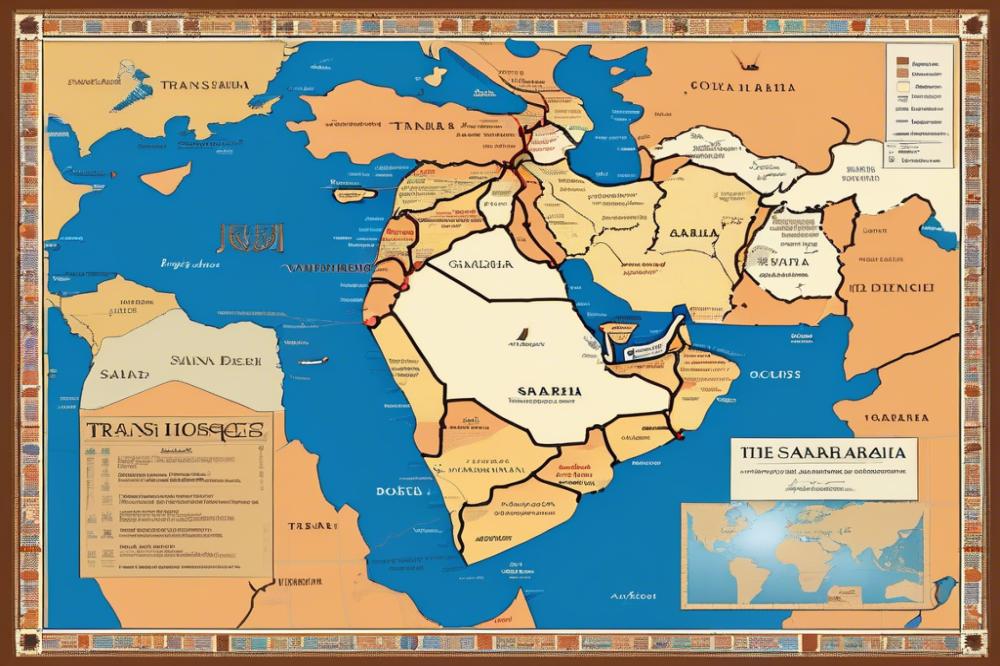
Environmental Factors Affecting Horses in Desert Transport
The Sahara Desert presents harsh conditions. Extreme temperatures make survival difficult. During the day, the heat can become unbearable. Nighttime brings chilling cold, which is equally challenging. Sandstorms frequently disrupt travel and can lead to disorientation. Lack of water sources complicates the journey, making hydration critical. Every mile traveled increases the risk of exhaustion, both for mounts and their handlers.
Health and Maintenance Issues for Horses in Trade
Health problems arise due to the desert conditions. Without proper care, horses can quickly become ill. Common issues include dehydration and hoof damage. Limited access to food leads to malnutrition. These animals need a balanced diet to thrive but often receive little. Additionally, injuries occur from rough terrain, requiring immediate attention. Traders must be vigilant to spot any signs of distress in their animals.
Adaptations and Solutions Developed by Traders
Traders have created various methods to help their animals survive. They often use specialized saddles that distribute weight evenly. This can alleviate stress during long journeys. Many merchants travel in groups, exchanging knowledge on best practices. Carrying extra supplies of water is essential for long hauls. Some also provide shade during the hottest parts of the day. Understanding the desert environment is crucial for success. Adapting to challenges allows for smoother trade routes and healthier animals.
The Legacy of Horses in Trans-Saharan Commerce
The cultural significance of horses in modern Africa cannot be overstated. Their footprint is visible in various aspects of life, from festivals to traditional ceremonies. Many communities still celebrate their connection to these animals. As symbols of status and strength, they hold a revered position across diverse cultures.
Historically, horse trade routes across the Sahara were vital for economic and social interactions. Those routes created networks that linked distant regions for centuries. Goods such as salt, gold, and textiles moved along these paths, helping to shape economies. This exchange also fostered relationships, allowing people from different backgrounds to connect.
In contemporary times, the memories of these ancient pathways remain alive in commerce and transportation. Modern commerce often recalls this legacy, reflecting on how these routes contributed to trade. Motor vehicles now dominate travel, but a few areas still rely on animals as reliable modes of transport. The adaptability of communities illustrates the lasting impact of earlier trade practices.
Current discussions about transportation highlight the challenges faced in many regions today. While technology has advanced considerably, some rural areas still prefer traditional methods. Incorporating both past and present in commerce ensures that the heritage endures. This blend creates a unique tapestry of ways to connect people and goods.
Final Thoughts on Equine Influence in Trans-Saharan Trade
Throughout history, horses played a vital role in the Trans-Saharan trade routes. Their strength and speed made it possible for caravans to transport goods across vast and challenging landscapes. Items such as gold, salt, and textiles traveled between distant regions, creating connections that shaped economies and societies.
Horses also facilitated more than just the movement of goods. They were instrumental in the exchange of ideas and cultures. People from various backgrounds interacted because trade brought them together, allowing for a blending of traditions and practices. This cultural exchange enriched societies, providing a basis for greater understanding and collaboration.
As trade flourished, the economic landscape evolved. Wealth accumulated in trading cities, leading to the growth of markets and increased demand for products from other regions. The reliance on these sturdy animals not only advanced trade but also encouraged exploration into new territories. Merchants ventured further, motivated by the lucrative opportunities that awaited them.
The legacy of these animals continues to resonate today. Their contributions to trade routes have left an indelible mark on history. Understanding their impact helps us appreciate the complexities of ancient trade networks. Beyond mere transportation, horses symbolize the connections forged through commerce and communication.
In summary, the influence of these animals in the Trans-Saharan trade cannot be overstated. They were more than tools for transportation; they were agents of cultural and economic exchange. Reflecting on this legacy allows us to recognize the broader implications of trade across time and space.

